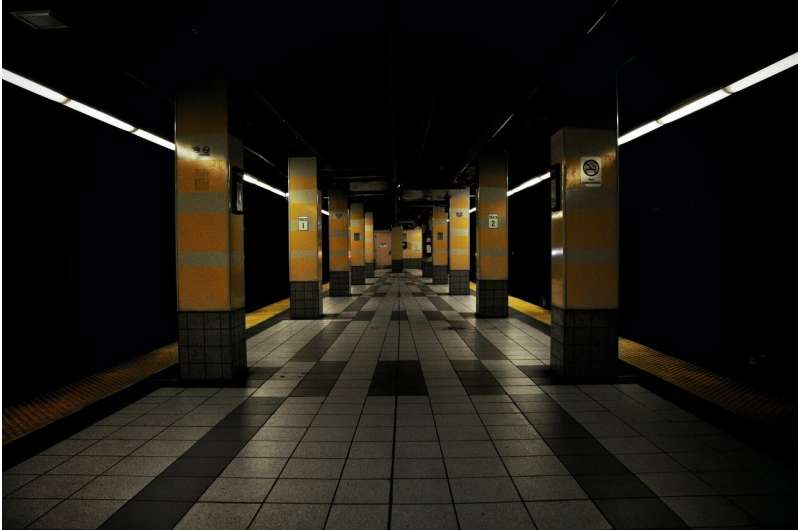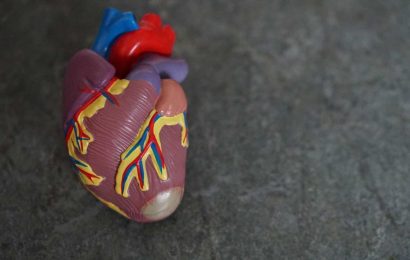
Commuters now have yet another reason to avoid packing themselves into subway stations. New York City’s transit system exposes riders to more inhaled pollutants than any other metropolitan subway system in the Northeastern United States, a new study finds. Yet even its “cleaner” neighbors struggle with enough toxins to give health-conscious travelers pause.
Led by NYU Grossman School of Medicine researchers, the study measured air quality samples in 71 stations at morning and evening rush hours in Boston, New York City, Philadelphia, and Washington, D.C. Among the 13 underground stations tested in New York, the investigators found concentrations of hazardous metals and organic particles that ranged anywhere from two to seven times that of outdoor air samples.
Notably in the report, publishing online Feb. 10 in the journal Environmental Health Perspectives, one underground platform on the PATH line connecting New Jersey and Manhattan (Christopher Street Station) reached up to 77 times the typical concentration of potentially dangerous particles in outdoor, aboveground city air. This figure is comparable to sooty contamination from forest fires and building demolition, the study authors say.
Air quality was also measured in another 58 stations during rush hours in Boston, Philadelphia, and Washington. While no station’s readings reached the severe levels of contamination seen in New York’s worst transit lines, underground subway stations within each of these cities still showed at least twice the airborne particle concentrations as their respective outside samples at morning and evening rush hours.
“Our findings add to evidence that subways expose millions of commuters and transit employees to air pollutants at levels known to pose serious health risks over time,” says study lead author David Luglio, a doctoral student at NYU Grossman.
“As riders of one of the busiest, and apparently dirtiest, metro systems in the country, New Yorkers in particular should be concerned about the toxins they are inhaling as they wait for trains to arrive,” adds co-senior study author Terry Gordon, Ph.D., a professor in the Department of Environmental Medicine at NYU Grossman.
Further analysis of air samples showed that iron and organic carbon, a chemical produced by the incomplete breakdown of fossil fuels or from decaying plants and animals, composed three-quarters of the pollutants found in the underground air samples for all measured subway stations. Although iron is largely nontoxic, some forms of organic carbon have been linked to increased risk of asthma, lung cancer, and heart disease, the study authors say. Gordon notes that further research is needed to assess potentially higher risk for transit workers who spend far longer periods of time in the stations than riders.
The Metropolitan Transit Authority reported that 5.5 million people rode New York City’s subways every day in 2019, while PATH puts its daily ridership at more than 284,000.
For the investigation, the research team took over 300 air samples during rush hour in stations in Manhattan, Philadelphia, Washington, Boston, and along train lines connecting New York City to New Jersey and Long Island. The data reflects more than 50 total hours of sampling across about 70 subway stops. In addition to real-time monitoring of the air quality, the team also used filters to collect airborne particles for later analysis.
According to the findings, the PATH-New York/New Jersey system had the highest airborne particle concentration at 392 micrograms per cubic meter, followed by the MTA-New York at 251 micrograms per cubic meter. Washington had the next highest levels at 145 micrograms per cubic meter, followed by Boston at 140 micrograms per cubic meter. Philadelphia was comparatively the cleanest system at 39 micrograms per cubic meter. By comparison, aboveground air concentrations for all measured cities averaged just 16 micrograms per cubic meter.
Meanwhile, the Environmental Protection Agency advises that daily exposures at fine particle concentrations exceeding 35 micrograms per cubic meter pose serious health hazards.
Besides the Christopher Street PATH station, the most polluted stations in the Northeast included Capitol South in Washington, Broadway in Boston, 2nd Avenue on the F line New York City, and 30th Street in Philadelphia, according to the findings.
Gordon cautions that the researchers did not measure riders’ short-term exposure to the airborne substances, which would more closely mimic their experiences dashing to catch a train at the last minute. In addition, it remains unclear whether the steep drop in New York subway ridership due to the COVID-19 pandemic has influenced the metro’s air quality, he adds.
Source: Read Full Article


